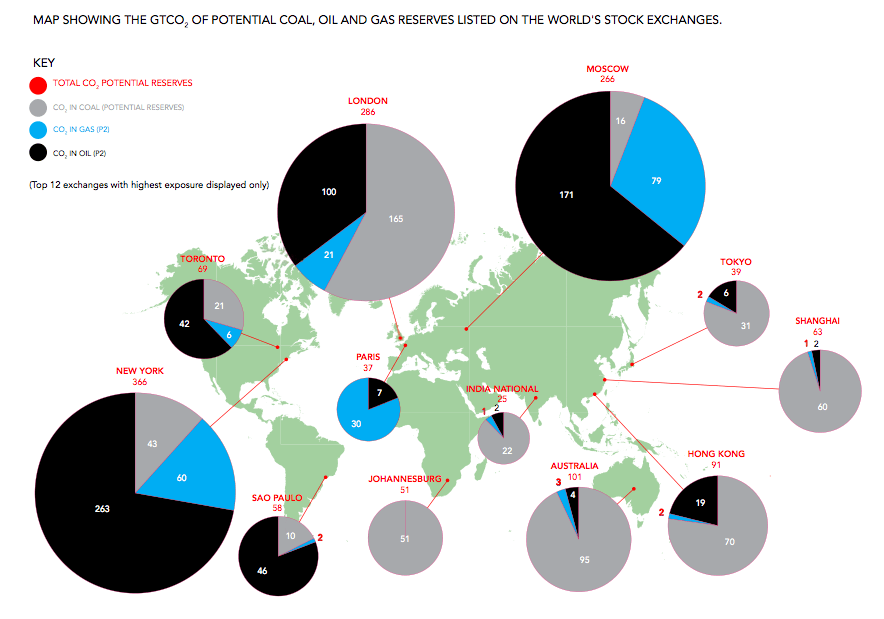Echo Therapeutics is testing a biosensor system that reads glucose levels without breaking the skin
For many diabetics, the unpleasant chore of drawing blood several times a day in order to check blood glucose levels is a part of life. Efforts to develop devices that can test blood glucose without the need to repeatedly prick fingers have faltered thus far due to questions about accuracy as well as complaints about skin irritation. One company is hoping to solve these problems with a biochemical sensor that adheres to the skin like a bandage and sends continuous blood glucose readings to a handheld wireless device.
A proper blood glucose level is essential to one’s health, especially for diabetics, whose bodies either produce none or too little of the glucose-regulating hormone insulin. Because high blood glucose levels can lead to a long list of serious health problems—glaucoma, nerve damage and heart disease, to name a few—diabetics must test their glucose levels several times each day, typically using a lancing device to pierce a fingertip and draw blood.
Echo Therapeutics, based in Franklin, Mass., is developing a wireless, needle-free transdermal continuous glucose monitoring system called Symphony tCGM for diabetics (there are nearly 24 million in the U.S.) and for use in hospital critical care units.
Symphony tCGM has three basic components: a Prelude SkinPrep System—a device roughly the size and shape of an electric nose-hair clipper—that shaves away the dead outermost surface of the skin (microdermabrasion), leaving a dime-size spot; a glucose biosensor that is applied there (generally on the chest or upper back); and a wireless handheld device that reads glucose levels from the biosensor.
As the Prelude removes skin and hair that could interfere with the biosensor’s reading, it passes tiny electric pulses into the skin, says Echo Therapeutics chairman and CEO Patrick Mooney. Based on the response to these pulses, the Prelude can determine when it has reached live underlying skin cells that allow the biosensor to provide a more accurate reading. The patient then applies the disk-shaped biosensor to the patch of skin prepped by the Prelude. The membrane on the biosensor’s surface detects glucose as it diffuses out of the body’s capillaries. The sensor contains an enzyme that reacts with the glucose and relays the indication as an electric signal. The impulse passes wirelessly to a handheld device, which records the information and monitors the readings. Each sensor can be used for two days before being replaced by a fresh one, and then either used in the same spot or another Prelude-treated location.
Related articles by Zemanta
- Echo Therapeutics: Positive Developments for a Needle-Free Diabetes Monitoring System (seekingalpha.com)
- Echo’s Symphony: Another Attempt at CGM Through the Skin (diabetesmine.com)









![Reblog this post [with Zemanta]](http://img.zemanta.com/reblog_b.png?x-id=c8c8df5f-2af1-4f3a-bd8d-b9b4d192eadd)
